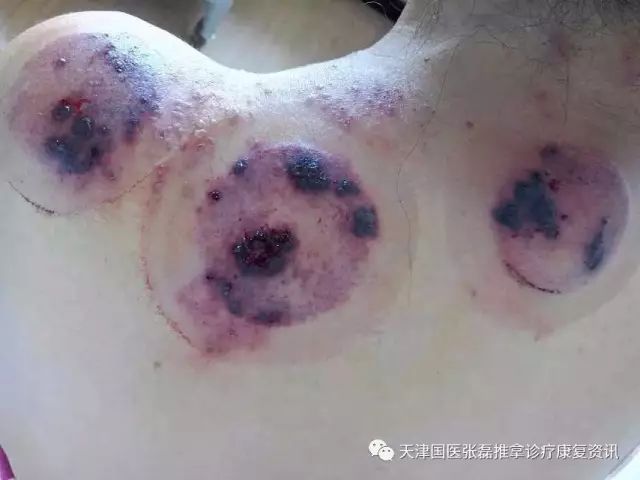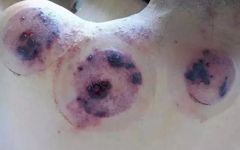Bloodletting therapy, also known as “needling bloodletting therapy,” is an ancient method of Traditional Chinese Medicine (TCM) that has been passed down for thousands of years. It involves using needles to puncture specific acupuncture points and certain areas of the body to release a small amount of blood as a treatment for diseases. Historical records show that Bian Que used bloodletting to cure the corpse syndrome of Prince Guo, and Hua Tuo performed bloodletting to treat Cao Cao’s ‘head wind syndrome.’ In the Tang Dynasty, imperial physicians used bloodletting on the crown of Emperor Gaozong to treat his ‘dizziness and inability to see.’ In modern times, bloodletting therapy has been widely applied, and its effects and value are gradually being recognized and accepted by people.

Functions of Bloodletting Therapy
Clear Heat — Discharge excessive heat and fire evil, adjusting the balance of Yin and Yang within the body.
Relieve Pain — When the flow is unblocked, there is no pain; it directly addresses blood stasis and reaches the site of illness.
Detoxify — Eliminate toxins, regulate blood and Qi, detoxify and reduce inflammation.
Reduce Swelling — Unblock meridians, disperse stasis, and reduce swelling.
Relieve Numbness — Promote blood flow to the limbs and nourish the meridians.
Emergency Treatment — Improve blood circulation, restore Yang and rescue from reversal.
Bloodletting therapy is particularly suitable for conditions such as blood stasis syndrome, cold syndrome, neck, shoulder, waist, and leg pain, sciatica, headaches, dizziness, atrophy syndrome, bi syndrome, adolescent acne, eczema, hemorrhoids, and other conditions characterized by excessive heat and toxins. It is especially effective for conditions like fatty hernias, thickening of fat pads, limb weakness, and numbness.
Blood Color Condition Reference
Dark Black Blood — Blood Stasis
Jelly-like Mucus in Blood — Chronic Damp-Heat Toxin
Pale or Purplish Red Blood — Shallow Illness
Transparent Blood like Water — Edema
Blood with Blisters — Excessive Dampness
Foamy Liquid in Blood — Wind Evil
Contraindications for Bloodletting Therapy
1. Patients with hypertension, hyperglycemia, or severe heart disease should avoid bloodletting.
2. Patients who are overly hungry, overfed, fatigued, intoxicated, pregnant, or elderly and frail should avoid bloodletting.
3. Patients with malignant tumors, mental illness, pulmonary tuberculosis, and infectious diseases such as viral hepatitis should avoid bloodletting.
4. Patients with bleeding tendencies, skin damage, or skin diseases should avoid bloodletting.
5. After bloodletting therapy, the puncture site should be kept clean and hygienic, and it should not be wet or washed for two days.

Author | Li Yuanchun
Editor | Liang Shuaihu
Guiding Teacher | Zhang Lei



